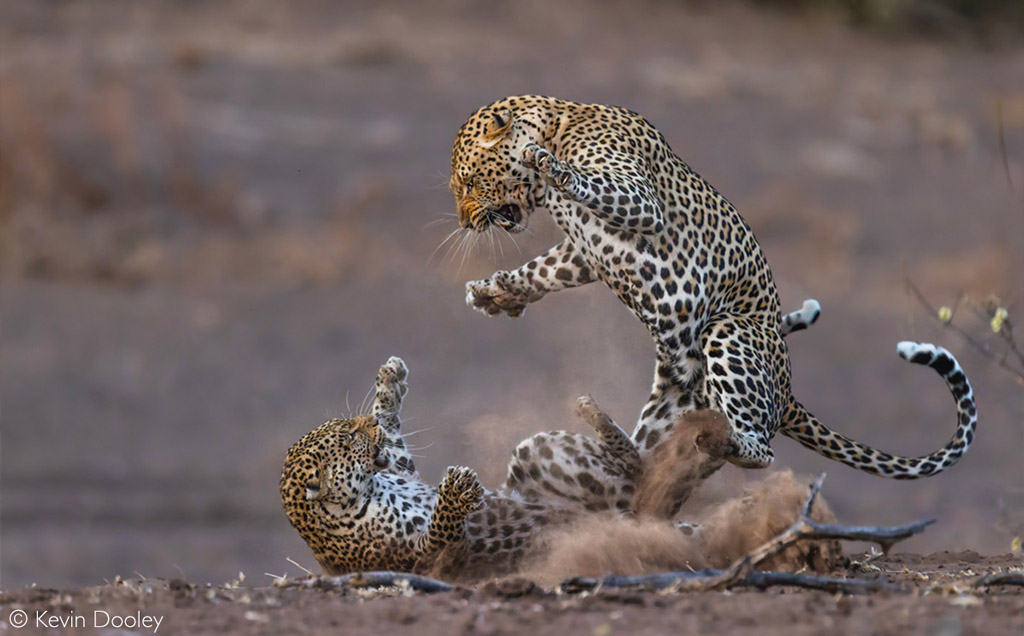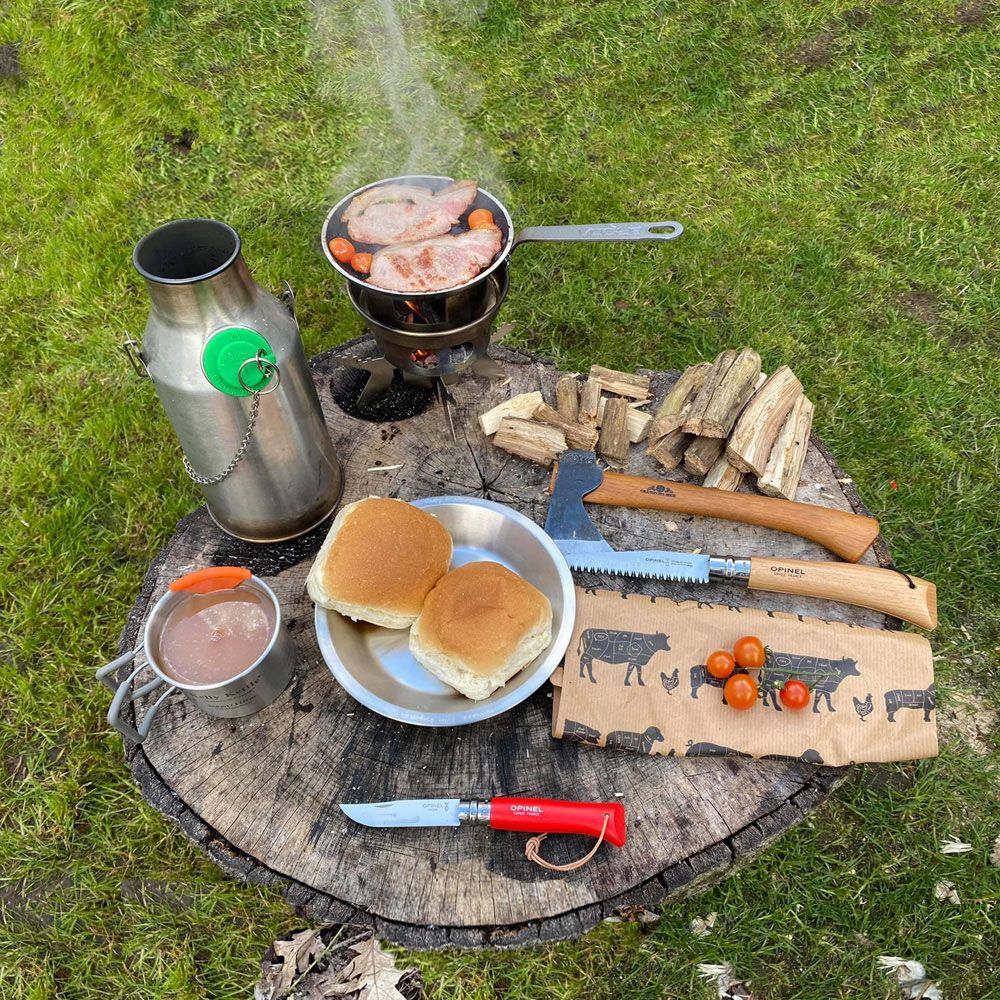A solo trekker camper embraces adventure and solitude, utilizing compact, versatile gear for self-reliant exploration. They prioritize lightweight and durable equipment to navigate the wilderness independently.
Exploring the great outdoors on your own terms as a solo trekker camper offers a unique blend of challenges and rewards. The key to a successful solo camping trip is meticulous planning, from selecting the right destination to packing essential gear that won’t weigh you down.
Your equipment list must include a reliable tent, a sleeping bag suitable for the climate, a sturdy backpack, and a map or GPS for navigation. Whether you’re a seasoned wilderness backpacker or a rookie to solo camping, knowledge about survival skills, local wildlife, and weather conditions is crucial for your safety and enjoyment. Engaging with nature one-on-one tests your resilience and provides a serene escape from the fast-paced modern world, allowing you to reconnect with yourself in solitude.
Embracing The Solo Trekker Lifestyle
The allure of the open road, the tranquility of nature, and the thrill of self-reliance encapsulate the solo trekker lifestyle. It’s a unique journey tailored to those who find solace in solitude and strength in independence. Each step alone is a testament to personal freedom and an intimate connection with the natural world.
Benefits Of Solo Camping
Freedom and Flexibility – You make all the decisions, from when to wake up to which trail to trek.
Peace and Quiet – Immerse yourself in the sounds of the wild; nature’s soundtrack is unmatched.
- Enhanced Self-Reliance – Trust in your abilities and grow with every challenge faced alone.
- Deep Connections – Without distractions form a rare bond with nature.
- Mental Clarity – Solitude offers the space needed for reflection and rejuvenation.
| Benefit | Description |
|---|---|
| Self-Discovery | Learn more about yourself as you navigate the wilderness. |
| Personal Achievement | Feel a sense of accomplishment with each completed journey. |
Mindset For Safe And Enjoyable Solo Adventures
Adopting a proper mindset is crucial for safe and pleasant solo treks.
Preparation is Key – Equip yourself with knowledge and gear before heading out.
Respect the Wilderness – Understand and acknowledge the might of nature to stay safe.
- Stay Aware – Always be mindful of your surroundings and potential hazards.
- Manage Risks – Accept that risks exist and have a plan to reduce them.
- Trust Instincts – If something feels off, trust your gut feeling.
Emergency Contacts – Always have a way to reach out for help. A charged phone or satellite communicator is essential.
Essential Gear For The Solo Camper
Setting out solo? Ensure your journey into the wild is both safe and enjoyable with the right equipment. From shelter to safety, selecting the best gear can make all the difference. Each piece of gear should be dependable, lightweight, and tailored for lone trekkers. Here’s what you need to conquer the great outdoors solo.
Lightweight Tent Options
Keep your shelter light when you’re on your own. A heavy tent can be a burden. Lightweight tents are perfect for solo campers. They are not just easy to carry but quick to set up, too. Look for tents that strike a balance between weight and comfort. Here are a few options:
- One-person tent: Compact and snug – a solitary hideaway.
- Bivy sack: Super light, minimalistic sleeping cover.
- Hammock tent: Elevate your sleep, perfect for tree-dotted terrains.
Choosing The Right Backpack
A sturdy backpack is your constant companion. It must fit well, distribute weight evenly, and be robust. A good pack simplifies gear access and organization. Capacity matters. Estimate your pack size in liters. Here’s a handy guide:
| Duration of Trip | Backpack Size (Liters) |
|---|---|
| 1-3 Nights | 20-50 |
| 3-5 Nights | 50-80 |
| 5+ Nights | 70+ |
Must-have Safety Equipment
Safety first. Solo campers need to take extra precautions. The following are non-negotiable:
- First Aid Kit: Compact, inclusive of personal medication.
- Multitool: Versatile and space-efficient tool.
- Headlamp: Hands-free lighting, a solo backpacker’s friend.
- Navigation Tools: A map and compass or a GPS device.
- Emergency Whistle: A loud signal device for attracting help.
Remember to tailor your safety kit to the destination’s specific risks. Always prepare for the unexpected.
Mastering Survival Skills
Embark confidently on a solo trekker camper adventure by learning key survival skills. These abilities are essential for safe wilderness exploration. Understanding how to navigate, administer first aid, forage for food, and build a fire can make all the difference. Let’s explore the fundamentals every solo trekker needs to master.
Navigating The Wilderness Alone
Finding your way through the natural terrain requires skill. Use these steps:
- Read a compass: It points to magnetic north.
- Understand maps: Identify landmarks and terrain features.
- Use landmarks: Keep familiar points in sight.
- Track the sun: It helps with direction during the day.
- Stargaze: At night, find the North Star in the Northern Hemisphere.
Basic First Aid And Self-care
Stay safe with first aid know-how. Always carry a kit with essentials:
| Item | Use |
|---|---|
| Bandages | Cover wounds |
| Antiseptic wipes | Clean injuries |
| Medical tape | Secure dressings |
| Pain relievers | Manage discomfort |
Learn basic methods: CPR, wound care, and sprain treatment.
Foraging And Fire-building Techniques
Survive in the wild by finding your own food and keeping warm. Do this safely:
- Identify edible plants: Study pictures before your trip.
- Find clean water: Look for flowing streams.
- Build a fire pit: Keep flames under control.
- Gather firewood: Dry sticks and leaves work best.
- Create a spark: Use a flint or matches to ignite.
Remember, practice these skills before your solo journey begins.
Selecting Your Solo Trek Destination
Embarking on a solo trek adventure taps into the spirit of self-reliance. Choosing the right destination is not just about breathtaking views. It’s also about preparation, safety, and regulations. Let’s dive into selecting the perfect location for your solo journey.
Researching And Planning Your Route
Planning is key to any successful solo trek. Consider the trek’s difficulty, your fitness level, and what you want to see. Craft a route that is challenging yet enjoyable. Use tools such as topographic maps and trekking guidebooks to outline your path.
Online trekker forums and blogs provide insider tips from experienced trekkers. Listed here are steps to ensure your trek plan is solid:
- Identify landmarks and water sources
- Calculate daily distance and elevation changes
- Adjust plans for sunlight and weather
Top Destinations For Solo Trekkers
| Destination | Region | Highlights |
|---|---|---|
| Appalachian Trail | USA | Diverse ecosystems, extensive trail system |
| Annapurna Circuit | Nepal | Panoramic mountain views, cultural encounters |
| Camino de Santiago | Spain | Historic pilgrim routes, communal hostels |
These destinations offer well-marked trails and solo trekker-friendly amenities. Remember to match the trek to your interests and skills.
Permit Requirements And Regulations
Some trails require permits or have specific rules to protect the environment. Check ahead with local authorities. Visit official park or trail websites to apply for permits in advance.
- Understand camping regulations and restrictions.
- Learn about fire safety and wildlife protocols
- Respect leave-no-trace principles to maintain the trail’s beauty
Proper preparation ensures a safe, enjoyable, and environmentally friendly solo trek experience. Stay informed, and stay legal.
Maintaining Mental Strength And Resilience
Embarking on a solo trekking adventure requires more than physical preparation. Your mind faces challenges, from isolation to fear. These mental hurdles can prove just as demanding as the physical ones. Maintaining mental strength and resilience is key to a successful and enjoyable trek. Let’s explore strategies to keep your mind as fit as your body.
Coping With Loneliness And Fear
Feeling alone or scared is natural when you’re miles away from civilization. Transform these feelings into a part of the journey. Here’s how:
- Stay connected: Regular check-ins with friends or family using satellite communication can ease loneliness.
- Reward yourself: Plan small treats or milestones to look forward to each day.
- Embrace nature: Limited contact with people can enhance your connection with nature. Focus on the beauty and tranquility around you.
Mental Exercises And Mindfulness Practices
Mental fitness is just as important as physical endurance. Here are exercises to sharpen your focus and calm your mind.
| Exercise | Benefit |
|---|---|
| Deep Breathing | Reduces stress, improves focus |
| Visualization | Boosts confidence, aids in goal setting |
| Mindful Walking | Enhances awareness, creates a meditative rhythm |
Practice these exercises daily. Start with short sessions and increase as your journey continues. They will keep your mind sharp and help you enjoy the solitude of your trek.

Credit: www.amazon.com
Connecting With Nature On A Deeper Level
Connecting with nature isn’t just about stepping outside. It’s about immersing oneself in the earth’s beauty. A Solo Trekker Camper offers a unique chance to engage with the environment without distractions. This closeness promotes a more profound respect for our natural world, encapsulating experiences that nurture the soul and heighten the senses.
Wildlife Watching
Observing animals in their habitat is heart-stirring for any solo camping trip. A quiet observer can witness magical moments unfold. From the morning symphony of birdsong to the stealthy footsteps of a fox, wildlife watching presents opportunities to learn and reflect. Bring binoculars, a camera with a zoom lens, or just patience, and watch the wilderness come alive.
- Use dawn and dusk to your advantage.
- Stay still and blend into the environment.
- Spot tracks and signs to locate animals.
- Record sightings in a journal.
Environmental Awareness
Solo treks sharpen environmental consciousness. Being the only human around, it’s easier to see our impact. At every campsite, practice using resources wisely. Water conservation and sustainable energy sources, like solar chargers, can significantly reduce a camper’s footprint.
| Practice | Impact |
|---|---|
| Minimal fire usage | Preserves local flora |
| Carrying reusable water bottles | Reduces plastic waste |
| Using biodegradable soap | Protects water sources |
Leave No Trace: Principles For Conservation
Adhering to the Leave No Trace Seven Principles is essential for conservation. These practices safeguard the ecosystem and allow nature to thrive. Solo trekkers can lead by example, leaving sites as pristine as they found them or even better.
- Plan ahead and prepare.
- Travel and camp on durable surfaces.
- Dispose of waste properly.
- Leave what you find.
- Minimize campfire impacts.
- Respect wildlife.
- Be considerate of other visitors.
Documenting Your Solo Adventures
Embarking on a solo trekking adventure is thrilling. Capturing these moments can transport you back to the beauty and solitude of the wilderness long after your trip ends. Documenting your adventures ensures you keep the memories and experiences alive. Learn to journal and capture stunning visuals on your solo trekker camper journey.
Journaling Your Experiences
Journaling is more than a record of where you’ve been. It’s a map of your personal growth. Here’s how to start:
- Choose a durable notebook that can withstand the elements.
- Write regularly, even if it’s just a few sentences each day.
- Use bullet points to jot down sights, sounds, and feelings.
- Reflect on the challenges you faced and how you overcame them.
Photography And Videography Tips For Trekkers
Photos and videos are the perfect ways to share your journey. The following tips will help you get started:
| Tip | Detail | Impact |
|---|---|---|
| Invest in a Good Camera | Pick a lightweight, durable camera or smartphone. | Ensures high-quality images. |
| Understand Your Equipment | Learn camera settings and features before your trek. | It prepares you to capture moments quickly. |
| Carry Extra Batteries | Don’t miss out because of dead batteries. | It keeps you shooting all day long. |
| Use a Tripod | A portable tripod can stabilize shots. | Improves photo and video quality. |
| Film at Golden Hours | Shoot during sunrise or sunset for best lighting. | Captures the beauty of nature’s lighting. |
Remember, the right shot takes patience. Wait for the magic moment and always respect the environment you’re capturing.
Joining The Community Of Solo Trekkers
Welcome to the alluring world of solo trekker campers!
The path less traveled is often trodden alone; for many, the call of adventure is a personal quest. As you embark on your solitary journey, remember you are part of a community of passionate, like-minded individuals. Joining a community of solo trekkers opens up a new dimension to your travels, enriching your experience beyond the solitude of the road.
Finding And Connecting With Other Soloists
Solo does not mean solitary! Finding fellow enthusiasts is easier than ever:
- Join online forums dedicated to solo camper traveling.
- Engage in social media groups and tags like #SoloCamper.
- Attend local or national camping meetups and expos.
- Subscribe to solo trekker blogs and newsletters.
Sharing Stories And Tips With Like-minded Adventurers
Exchange experiences and advice with other solo trekkers:
| Platform | Purpose |
|---|---|
| Online Forums | Share detailed stories and seek advice |
| Social Media | Post quick updates and find inspiration |
| Meetups | Connect personally and build friendships |
Whether discussing the best compact camping gear or seeking the most breathtaking camping spots, sharing insights with peers can make your next solo trip even more unforgettable.

Credit: africageographic.com
Frequently Asked Questions Of Solo Trekker Camper
How Big Is The Kelly Kettle Trekker?
The Kelly Kettle Trekker holds 0. 6 liters and measures about 27cm in height when assembled. It weighs approximately 0. 68kg, making it compact for backpacking.
What Essentials Should Solo Trekkers Pack?
Solo trekkers should prioritize a lightweight, durable tent, a sleeping bag, waterproof clothing, a map, a compass, a multi-tool, a first-aid kit, a water purification method, and emergency food reserves. Packing light but efficiently is crucial for mobility and safety.
How To Choose A Solo Trekker Camper?
Selecting a solo trekker camper involves considering weight, capacity, weather resistance, ease of setup, and ventilation. Look for models designed for one person that balances comfort with functionality to ensure a successful solo expedition.
What Are The Best Solo Trekking Destinations?
Top solo trekking destinations include trails with well-marked paths, reliable cell service, and regular checkpoints or huts. Destinations like the Appalachian Trail, Camino de Santiago, and Annapurna Circuit are popular among solo adventurers for their safety and beauty.
Conclusion
Embarking on a solo trek offers freedom and adventure. The Solo Trekker Camper is your ticket to explore with confidence. It’s the ideal companion for your journey, with a compact design and essential amenities. So pack your spirit of adventure and set off into the wilderness with the Solo Trekker Camper as your trusted home away from home.
Safe travels!

